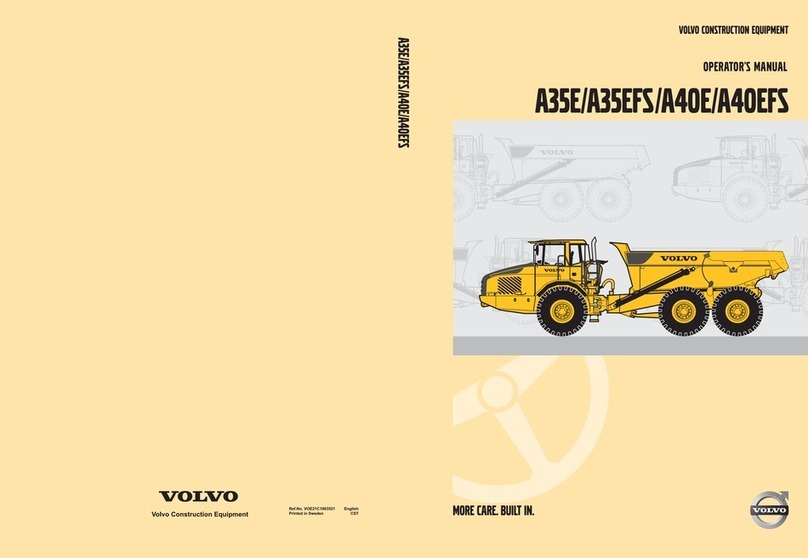
Content
30 GENERAL
300 Comprehensive info, electrical system
Electrical system, work instructions ............................................................ 5
Electrical system, description ..................................................................... 8
Electronic control system, description ...................................................... 10
Communication with data buses ............................................................... 12
Software, description ................................................................................ 13
Instrument control unit I-ECU, description ................................................ 14
Vehicle control unit V-ECU, description .................................................... 15
Vehicle control unit V2-ECU, description .................................................. 16
Engine control unit E-ECU, description .................................................... 16
Climate control unit ECC, description ....................................................... 17
31 BATTERY
310 General, common info about 311 - 313
Battery, description ................................................................................... 18
Battery, charging ....................................................................................... 19
Batteries, replacing ................................................................................... 20
System voltage ......................................................................................... 22
Key feed .................................................................................................... 22
32 ALTERNATOR; CHARGE REGULATOR
320 General, common info about 321 - 322
Alternator 80 A, description ...................................................................... 23
33 STARTING SYSTEM
331 Starter motor inclusive solenoid
Booting sequence ..................................................................................... 24
35 LIGHTING
350 General, common info about 351 - 356
Lighting, description .................................................................................. 25
36 OTHER ELECTRICAL EQUIPMENT
360 General, common info about 361 - 367
Reduced computer communication .......................................................... 28
Interruption in computer communication ................................................... 29
Limp Home ............................................................................................... 29
Intermittent wiper and washer ................................................................... 30
Theft protection ......................................................................................... 32
38 INSTRUMENT; SENSOR; WARNING AND INFORMATION
SYSTEM
380 General, common info about 383 - 387
Instruments ............................................................................................... 33
Instrument panels, position .................................................................... 33
Middle instrument panel with warning lights ............................................. 34
386 Sender, monitoring system
Washer fluid level ..................................................................................... 35
Fuel consumption ..................................................................................... 36
Travelling speed ....................................................................................... 37
Machine hours .......................................................................................... 37
387 Warning/information unit, display unit
Information display, general ...................................................................... 38
Information display, start lockout .............................................................. 41
Information display, operating display ...................................................... 42
Information display, engine ....................................................................... 43
Information display, transmission ............................................................. 45
3




























